Today’s animation comes to us from Reddit user /u/bgregory98 and visualizes global temperature trends from 0 to 2019 AD, the results are eye-opening:
Across the 2,000-year timeline, average global temperatures remain largely steady for the first 1,000 years and drop slightly for the next 500-750 years; what’s truly interesting about this animation is what happens in the final 200+ years. As the timeline approaches the industrial age, temperatures begin to rise and then skyrocket through to the modern day… the evidence is almost unsettling; human activity is undeniably affecting Earth’s temperatures.
Global warming and climate change have been hot topics for years. Even so, some people still don’t believe it’s real. However, scientists have studied climate models going back 50 years that have accurately predicted warming temperatures across the globe. These global temperatures have consistently risen around 0.9 degrees Celsius since 1970. What these models have also confirmed is that human activity is the cause. Climate change is caused from excess CO2 in the atmosphere. When people burn fossil fuel it creates carbon dioxide. This CO2 releases heat which then gets trapped in the earths upper atmosphere for 100 years, heating up the surface and leading to climate destruction. When scientists go to study climate change one thing they look at are Oxygen isotopes from ocean sediment. This is because they are tied to the earths ice caps. When water evaporates from the ocean’s surface, light isotopes of oxygen evaporate quicker because it takes less energy to break the chemical bonds. If these light isotopes then get carried to polar ice caps and trapped in the ice the ratio of these isotopes in the ocean goes down. What we are seeing now is the exact opposite. As the ice caps melt more oxygen isotopes are deposited into the ocean and the sea level rises. These ratios are recorded in shells of marine microorganisms and allow scientists to record how much the ice caps have grown or shrank around the globe.
Economists and scientists alike believe that taxing carbon is one way to strengthen the global response towards climate change. A carbon tax is a fee that would be imposed on the use of coal, oil and gas. The goal would be to motivate people to move to cleaner energy sources by saving them money and also making them more energy efficient. Judging by the information in this automated graphic, the worlds temperature is going to continue to grow at an exponential rate because of the human race. What we do today will determine if this leads to the destruction of earth in hundreds of years or if we can slowly begin to repair the damage done. If everyone did their part even just small changes can make a big difference!
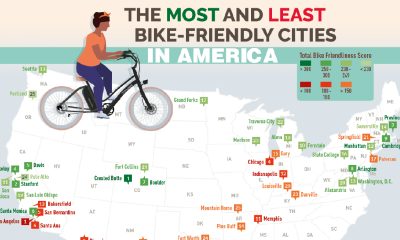
 Charts3 years ago
Charts3 years ago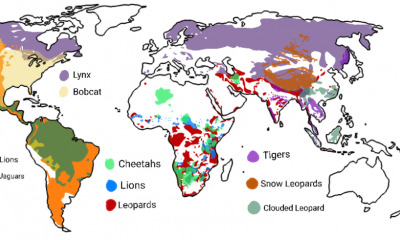
 Maps4 years ago
Maps4 years ago
 Misc Visuals3 years ago
Misc Visuals3 years ago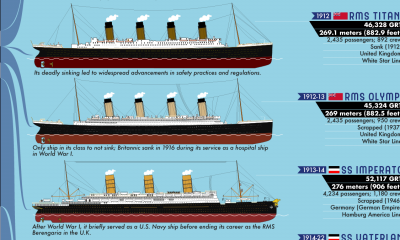
 Timelines4 years ago
Timelines4 years ago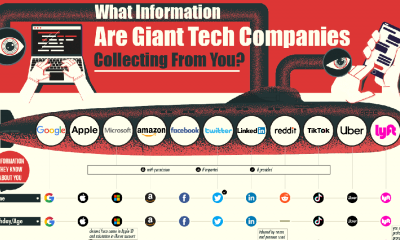
 Charts4 years ago
Charts4 years ago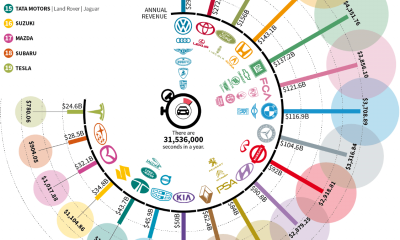
 Charts4 years ago
Charts4 years ago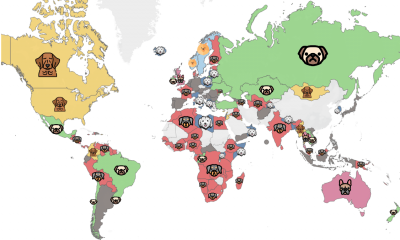
 Maps3 years ago
Maps3 years ago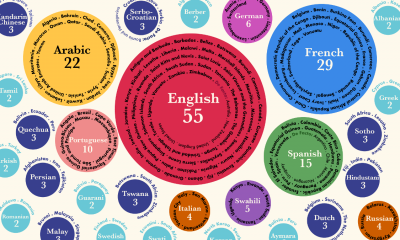
 Charts4 years ago
Charts4 years ago



